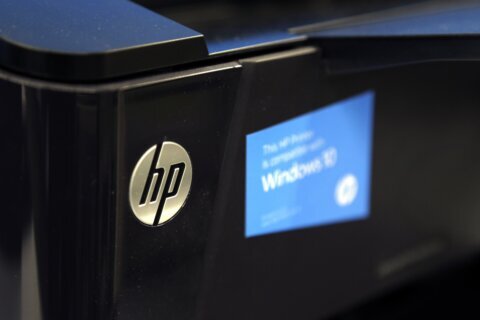Q: 2019 is the year that I want to switch from Windows to Mac, but how difficult is it to make the transition?
A: Despite the popularity of the Apple brand of computers, Mac OS based computers still only make up less than 10% of the US market according to NetMarketShare.com.
This wide gap between Windows and Mac OS is slowly closing as more users consider switching to or adding a Mac to their household or business.
The difficulty in making the switch is based on what programs you use, how much of your activity is web-based and how well you deal with change. If you do your homework before attempting to make the switch, the transition should go much smoother with fewer ‘surprises’.
Evaluate What You Have
The first step is to take an inventory of your Windows programs to calculate what you will need to purchase to make the Mac work like your Windows machine. For instance, if you use Microsoft Office, you won’t be able to use your Windows license on the Mac unless you are using the subscription version known as Office 365.
If you primarily use web-based tools or are willing to transition to free alternatives such as Open Office, you can minimize the expense of switching to a Mac.
Another critical item to evaluate is the amount of disk space you are using in Windows and will need on the Mac. Many lower-cost Macs have relatively small hard drives compared to Windows machines.
Migration Tips
Apple created the Windows Migration Assistant to help with the transfer of your data, but until recently, it was somewhat limited. If you make sure the Mac has the latest version known as ‘Mojave’ before using the tool, you’ll have much better success, especially if you are using Microsoft Outlook.
Another important step to take is to manually scan the entire Windows hard drive after the migration to look for data files such as pictures, videos, music, favorites, downloads or any important files that may have been stored in nontraditional folders.
Make sure you hang on to your Windows computer for at least a couple of weeks, just in case you missed important items that need to be transferred.
iTunes will become your default music player, so if you’ve never used it, you’ll need to set up an Apple account. If you’ve been using it on your Windows machine, you’ll need to authorize your Mac for iTunes.
A very useful resource for completing the setup of your Mac is at https://macapps.link, because it has links to download the most popular browsers, utilities and multimedia tools that you may have been using in Windows.
If the migration process seems too scary, look for resellers that offer the migration service as part of the purchase.
After the Switch
Learning how everything works will take the most time and patience, but remember, every Mac ‘expert’ started at the same place that you’ll be starting.
Start with Apple’s basic primer for switchers, followed by MakeUseOf’s guide to learn how to execute the basic functions.
Lower Cost Option
I’m not a big fan of used computers, but refurbished Macs are one of the exceptions, especially for those that aren’t trying to use cutting edge video editing programs.
Ken Colburn is founder and CEO of Data Doctors Computer Services. Ask any tech question on Facebook or Twitter.







